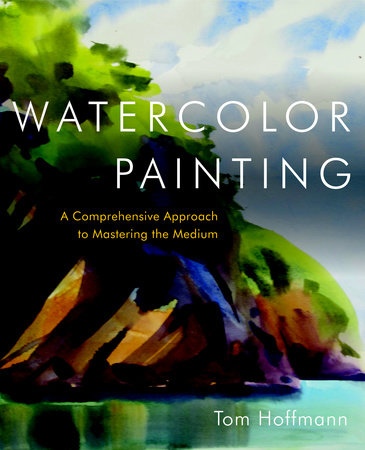Watercolor Painting
A Comprehensive Approach to Mastering the Medium
Tom Hoffmann
Hardcover
December 11, 2012 | ISBN 9780823006731
AmazonBarnes & NobleBooks A MillionBookshop.orgHudson BooksellersPowell'sTargetWalmart
Ebook
December 11, 2012 | ISBN 9780823006748
AmazonApple BooksBarnes & NobleBooks A MillionGoogle Play StoreKobo
About the Book
Experienced teacher and acclaimed artist Tom Hoffmann offers a unique, inquiry-based approach that shows you how to translate any subject into the language of watercolor. With Hoffmann as your guide, you’ll learn the key questions to ask yourself at every turn and time-tested methods to help you reach solutions.
Hoffmann’s thorough explanations and step-by-step demonstrations delineate the process of composing a painting in watercolor, while art from more than thirty-five past and present masters, including John Singer Sargent, Ogden Pleissner, George Post, Emil Kosa, Jr., Mary Whyte, Trevor Chamberlain, Lars Lerin, Torgeir Schjølberg, Piet Lap, Leslie Frontz, and Alvaro Castagnet serve to illustrate and inspire. Whether you’re a serious beginner or a seasoned practitioner, this book will guide you toward the all-important balance between restraint and risk-taking that every watercolorist seeks.




